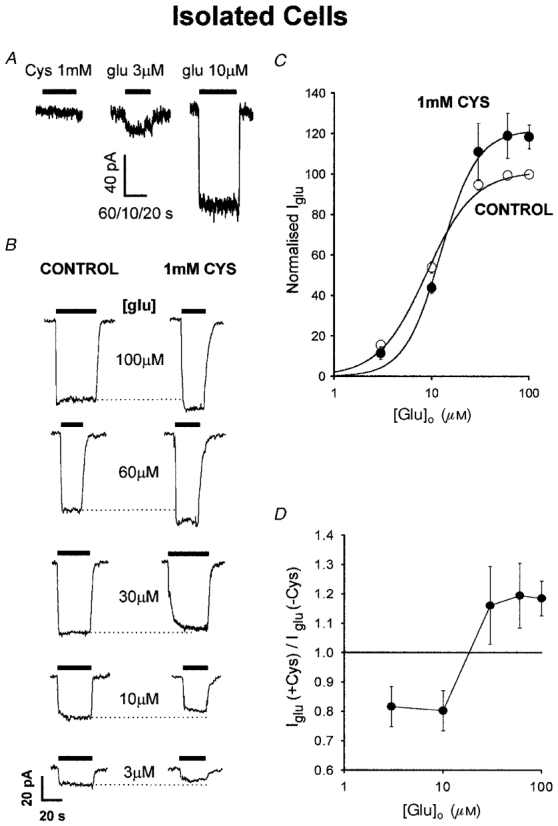Figure 3. Effects of cystine on non-NMDA receptor channels in enzymatically isolated Purkinje cells.

A, cystine (1 mM) evokes no current in a cell clamped to -33 mV. Responses to 3 and 10 μM glutamate are shown for comparison. The slow perfusion results in only the steady-state current being displayed. Time scale bar is 60, 10 and 20 s for the applications of cystine, 3 μM glutamate and 10 μM glutamate, respectively. B, effect of cystine on glutamate-evoked currents at -33 mV. Specimen responses to various glutamate doses are shown in the absence (left traces) and presence (right traces) of 1 mM cystine. Dotted lines extrapolate the peak response in the absence of cystine to facilitate comparison of the response in cystine. C, mean dose-response curve (± s.e.m.) for glutamate in the presence and absence of 1 mM cystine, from 5 cells studied as in B, normalized to 100 % for 100 μM glutamate in the absence of cystine. Smooth curves are best-fitted Hill equations, IGlu = Imax[Glu]n/([Glu]n+Kmn), with maximum current (Imax) = 101.3 %, half-maximal dose (Km) = 8.8 μM and Hill coefficient (n) = 1.8 in the absence of cystine, and Imax = 121.8 %, Km = 12.4 μM and n = 2.3 in the presence of cystine. D, ratio of the glutamate-evoked current in the presence of 1 mM cystine to the current in its absence (means ±s.e.m.), as a function of glutamate concentration.
